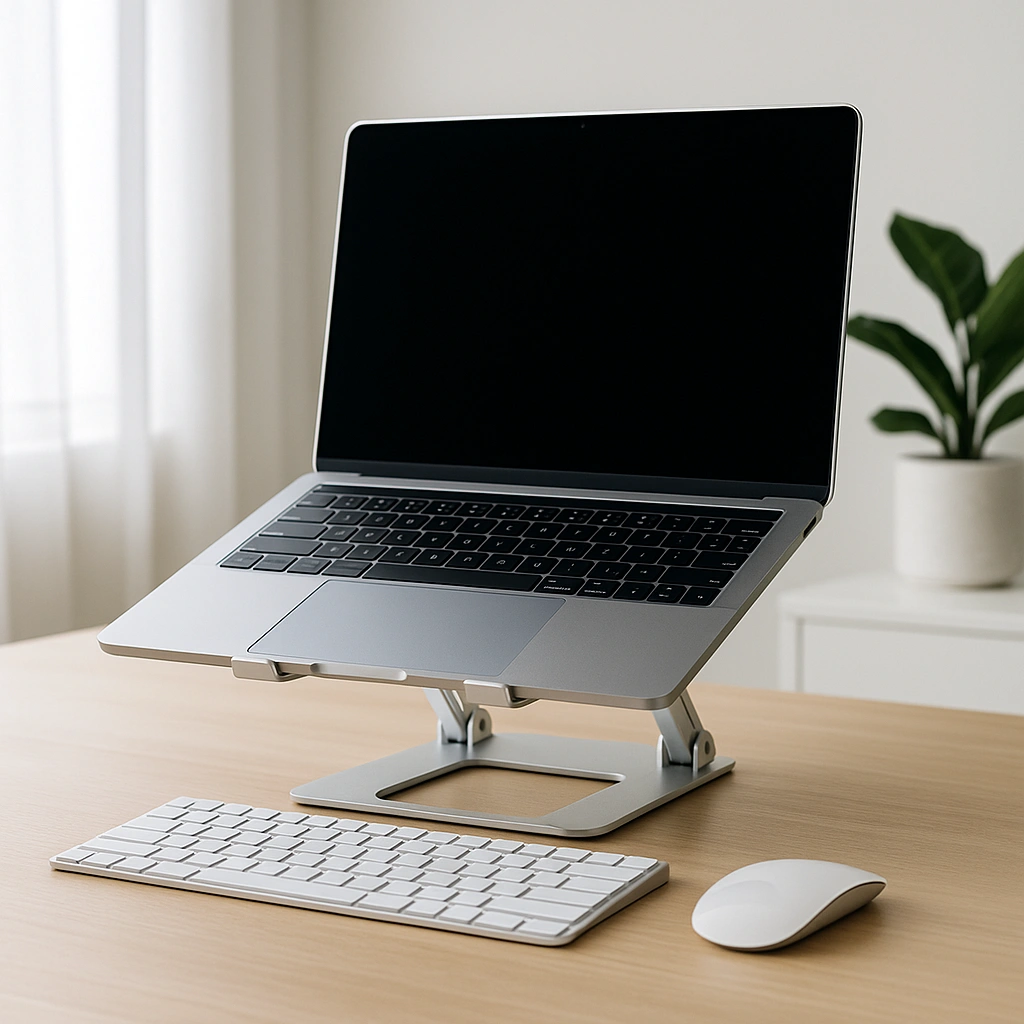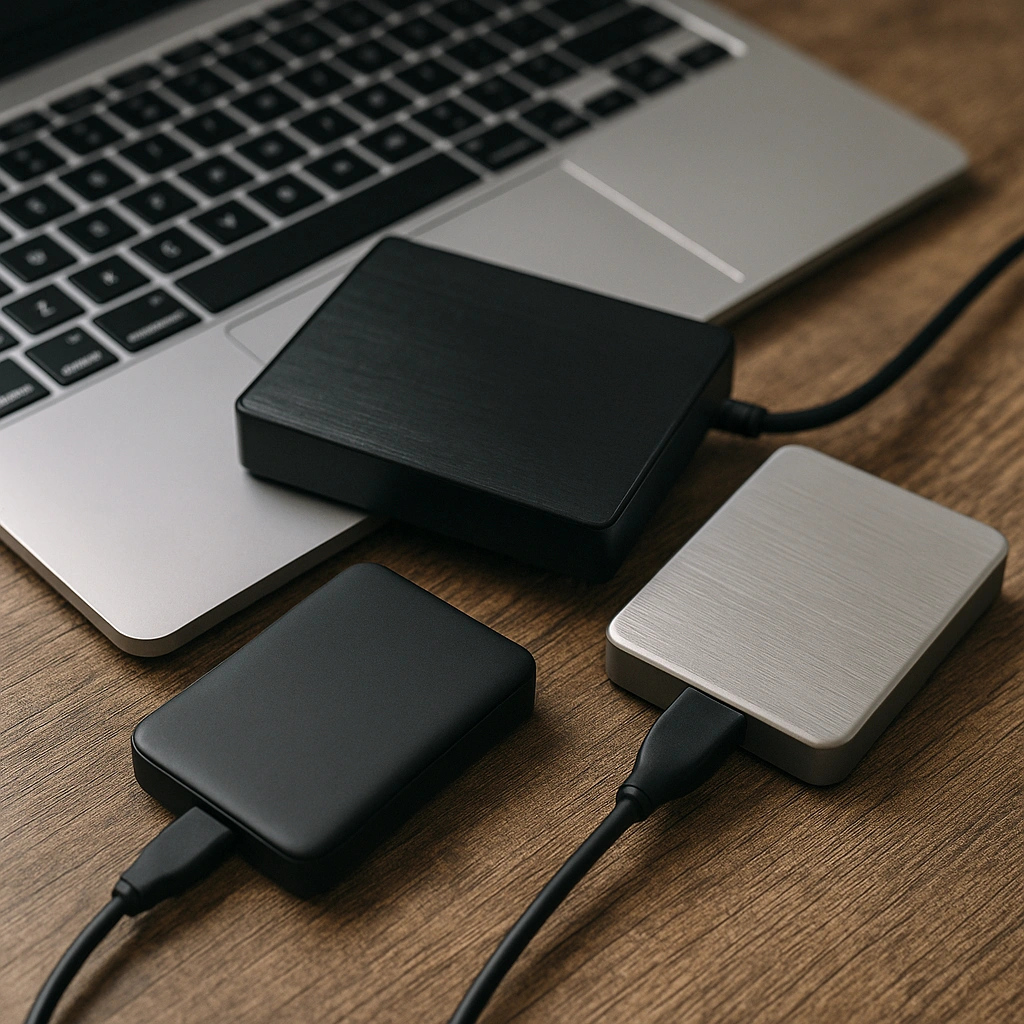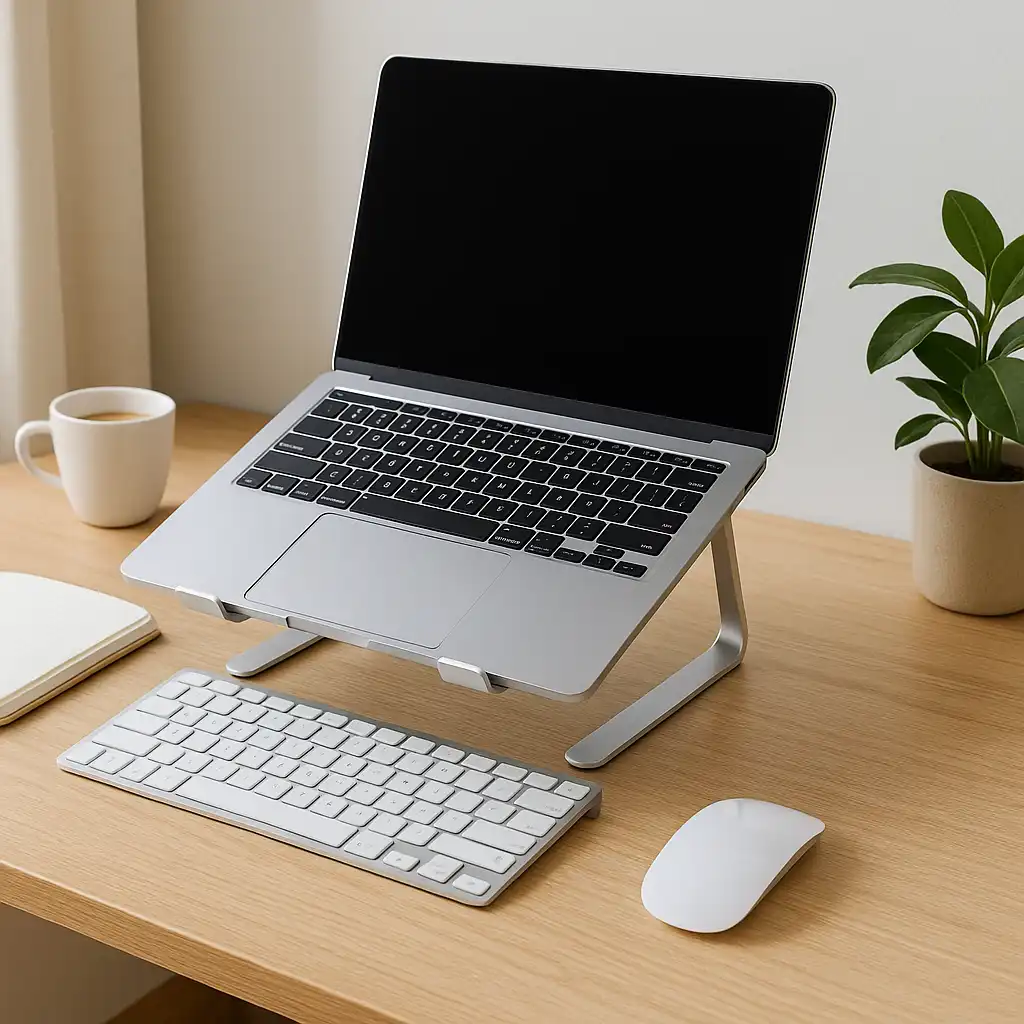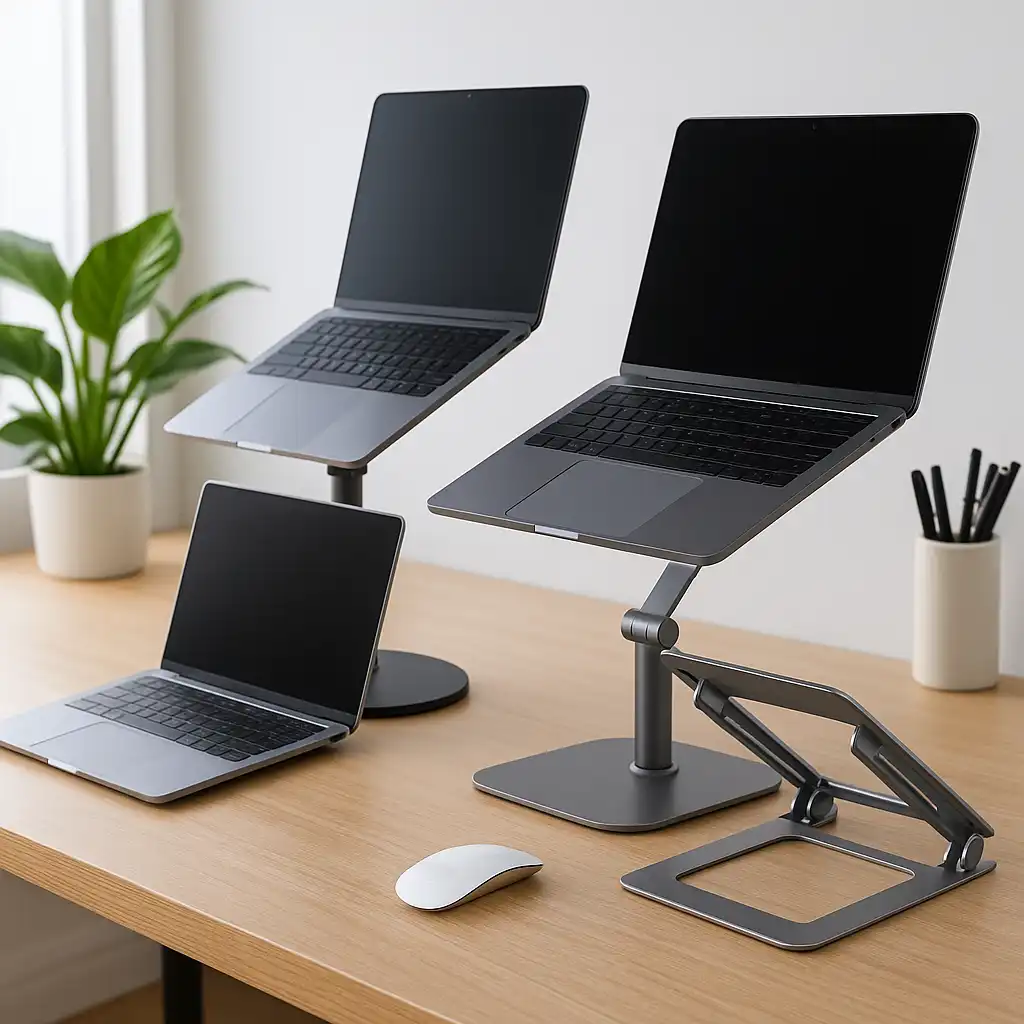Are Laptop Stands Good for Posture: Simple Ergonomic Truths
Disclosure: This post contains affiliate links. LaptopVoyager.com participates in the Amazon Associates Program and may earn commissions on qualifying purchases, at no extra cost to you.
Last Updated: October 8, 2025
If you’ve ever wrapped up a long workday with tight shoulders or a sore neck, your laptop setup might be to blame. Most laptops sit too low for proper ergonomics, forcing you to look down and hunch forward. A simple laptop stand can change that — improving comfort, focus, and posture in minutes.
👉 Want to understand why posture matters in the first place? Check our guide on how laptop habits can affect your posture.
🔍 Why Laptop Stands Matter for Posture
Laptops are great for mobility but not designed with posture in mind. The fixed screen and keyboard layout pulls your neck and shoulders downward, causing tension over time. A stand raises your screen to eye level so you can sit up straighter and reduce strain.
Pairing the stand with a wireless keyboard and mouse makes the setup even more ergonomic. It keeps your wrists and elbows at a comfortable angle and helps you stay relaxed during long hours of work or study.
👉 Looking for options that balance comfort and adjustability? Explore our guide on top-rated ergonomic stands for better desk setups.
🔍 The Health and Productivity Benefits
Good posture does more than prevent stiffness — it boosts how you feel and perform. When your spine stays aligned, you breathe easier, stay alert longer, and avoid fatigue. Many remote workers also find that adjustable stands encourage movement throughout the day, which helps reduce back pain and improve circulation.
🔍 Choosing the Right Laptop Stand
There’s no one-size-fits-all option. Fixed aluminum stands are great for home or office setups, while foldable versions are better for travel and hybrid work. Look for one that raises your screen about five to eight inches, grips your laptop securely, and allows airflow underneath.
If you work in different spots, an adjustable stand gives you more control over height and angle — making it easier to switch between sitting and standing positions.
📌 Key Takeaways
- A laptop stand lifts your screen to eye level, helping you sit upright.
- Better alignment reduces tension in your neck, shoulders, and back.
- Use an external keyboard and mouse for a full ergonomic setup.
- Portable or adjustable stands work best for flexible workspaces.
🟢 FAQs
Q: Do laptop stands really make a difference?
Yes. Even a small lift can ease neck strain, improve posture, and make working or studying for long hours much more comfortable.
Q: Can I use a stand without a separate keyboard?
You can, but it’s not ideal. Once the screen is raised, typing on the built-in keyboard becomes awkward. A wireless keyboard and mouse make the setup far more ergonomic.
Q: Which type of laptop stand is best for posture?
Adjustable stands are the most versatile. Choose one that feels sturdy, has non-slip grips, and keeps your laptop cool while you work.
✅ Conclusion
So, are laptop stands good for posture? Absolutely. They’re a small but powerful upgrade that can transform how you sit, work, and feel. Whether you’re studying, working from home, or commuting, a stand helps you stay comfortable, focused, and pain-free throughout the day.







